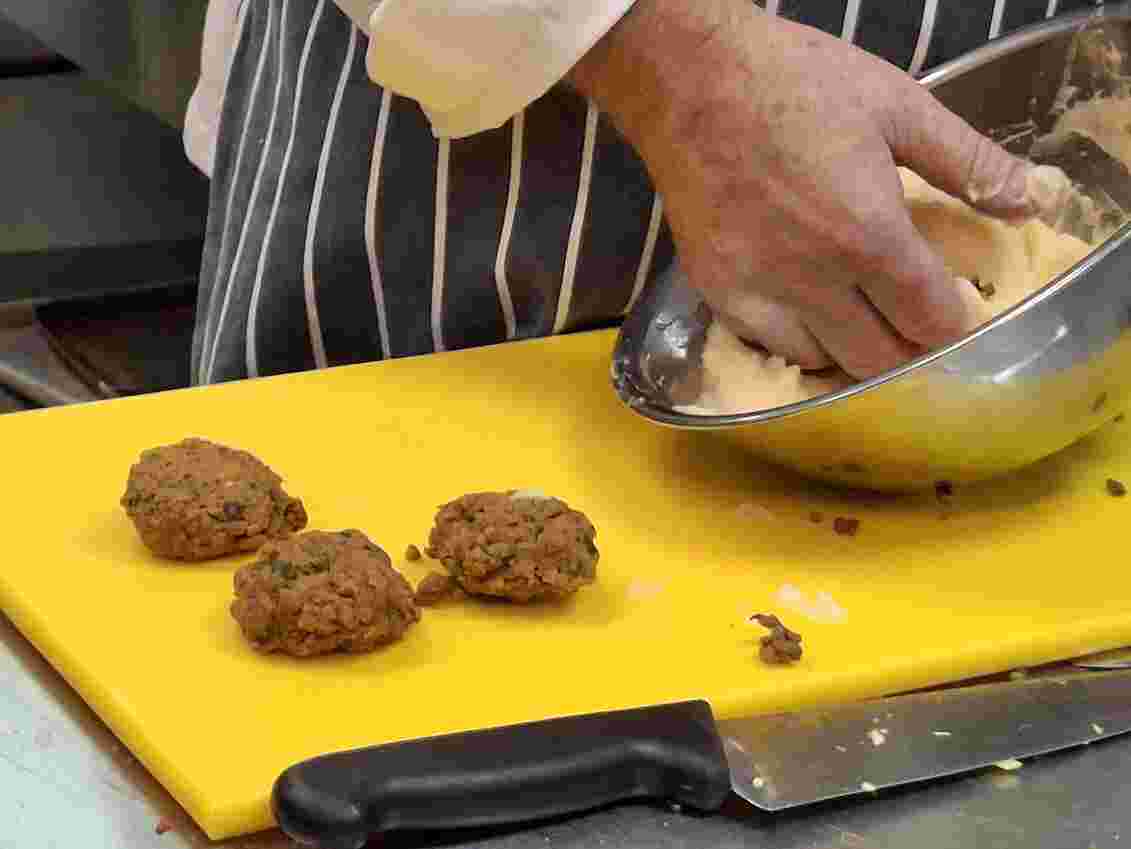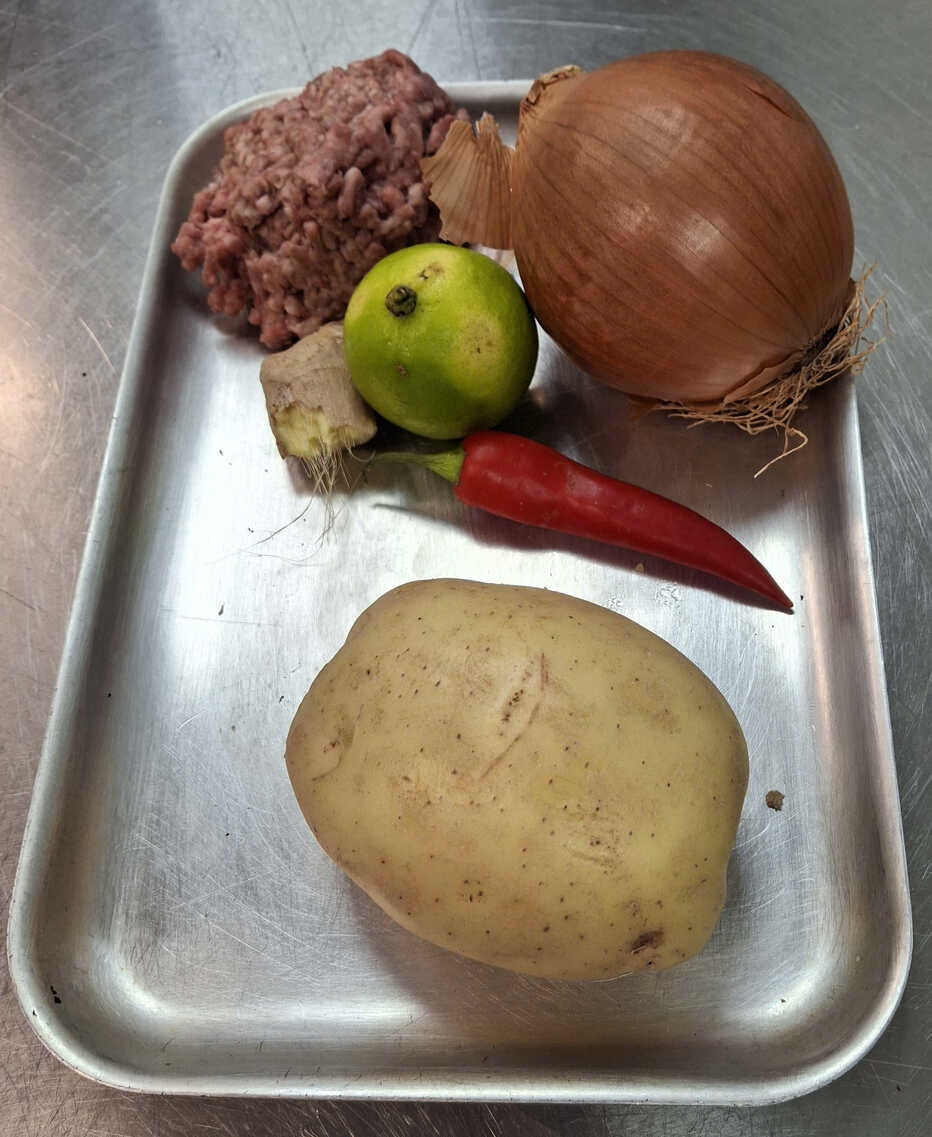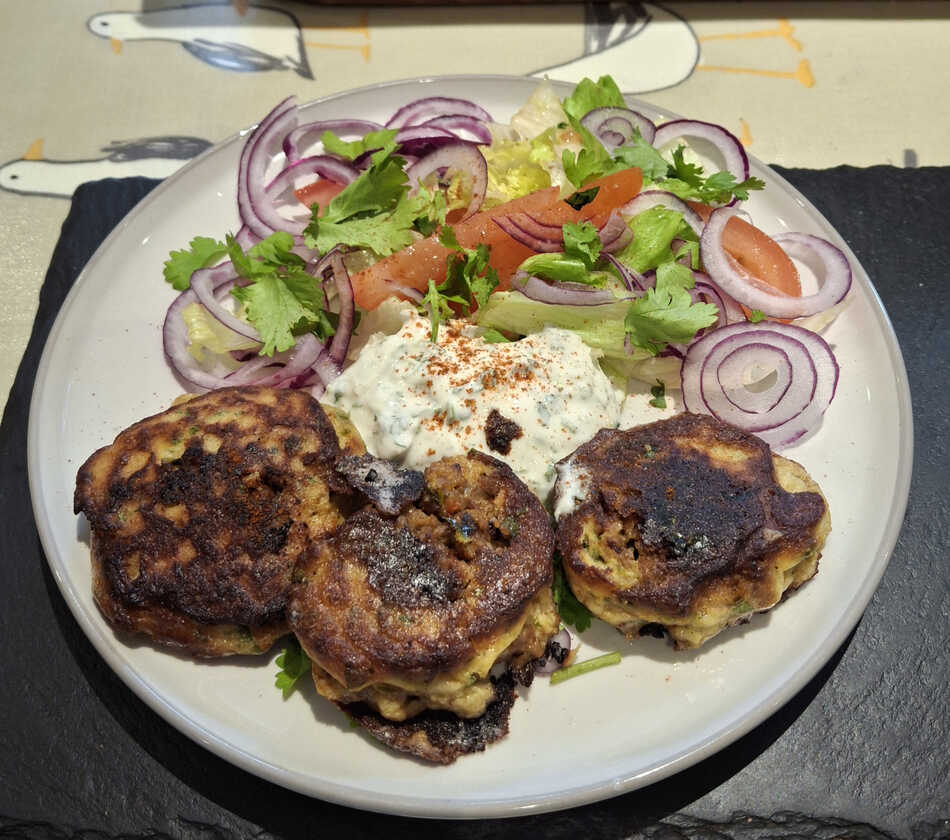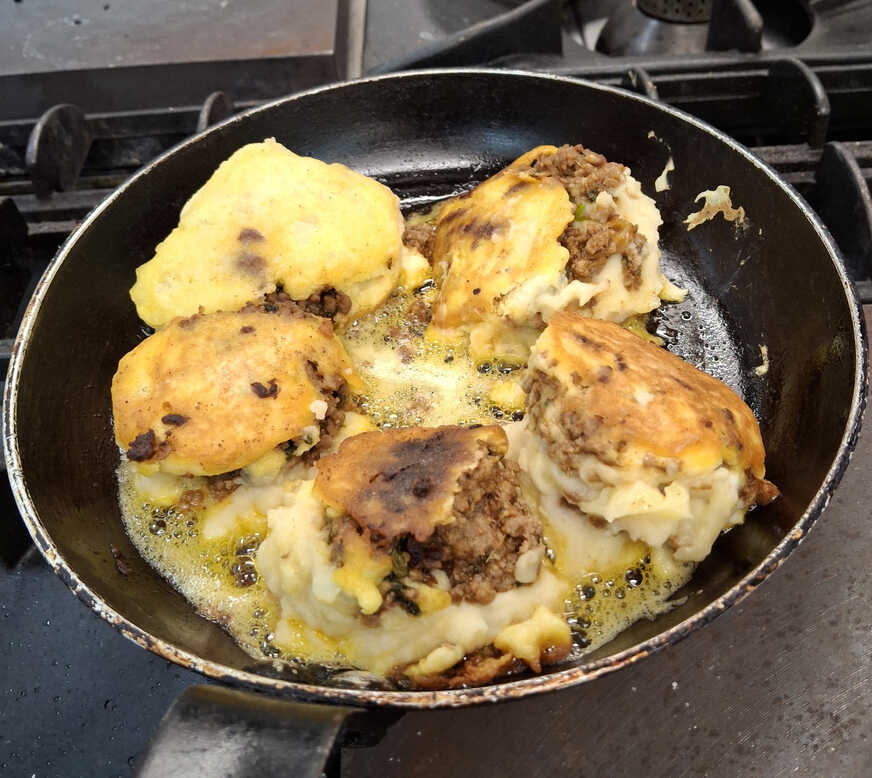Street Food 3 - Kebabs
Ah Kebabs.
Derived from the Persian word kabãb meaning roast meat on a stick, the dish is probably as old as fire itself.
And sticks.
South Asian Shami kebabs, on the other hand, have a much more recent and colourful origin.
The story goes that the Nawab Wazir of the Kingdom of Oudh; Asaf-ud-Daula, ratified by the Mughal emperor Shah Alam himself in 1775, so loved his food and grew so fat that his teeth fell out, which is a thing that happens in Indian stories.
Not wishing to forgo his beloved meat diet, however, he demanded of the chefs working in his Royal kitchens in Lucknow that they create a dish he could eat without the need to chew. And so they took minced lamb called qeema and ground it into a fine paste which they then seasoned with diverse herbs and spices, rolled into balls and roast over a fire.
Today's shami kebabs are almost always ground with chickpeas to help bind them together and pressed into flattened patties before being pan-fried in oil or ghee.
Occasionally the mixture also includes potato or egg, but never seems to be coated in a potato batter as we do here.
The closest I can find is an East African potato cutlet called Bateta Champ, versions of which have also made it to Muslim diaspora communities in South Asia. These are made with balls of a much firmer mashed potato than we used, folded around a nugget of spiced minced meat (keema), often breaded, and then fried the same way.
Shami kebabs are usually served with a piece of lime, mint chutney and some sliced onions, though our curry restaurants often chuck on great wedges of tomato and iceberg lettuce, in their unshakable conviction that this is what constitutes a British salad.
Derived from the Persian word kabãb meaning roast meat on a stick, the dish is probably as old as fire itself.
And sticks.
South Asian Shami kebabs, on the other hand, have a much more recent and colourful origin.
The story goes that the Nawab Wazir of the Kingdom of Oudh; Asaf-ud-Daula, ratified by the Mughal emperor Shah Alam himself in 1775, so loved his food and grew so fat that his teeth fell out, which is a thing that happens in Indian stories.
Not wishing to forgo his beloved meat diet, however, he demanded of the chefs working in his Royal kitchens in Lucknow that they create a dish he could eat without the need to chew. And so they took minced lamb called qeema and ground it into a fine paste which they then seasoned with diverse herbs and spices, rolled into balls and roast over a fire.
The resulting kebabs were crispy on the outside but so soft and silky within that even the toothless Asaf-ud-Daulah could eat them with pleasure.
So writes historian Lizzie Collingham in her book Curry: A Tale of Cooks and Conquerors. So it must be true.Today's shami kebabs are almost always ground with chickpeas to help bind them together and pressed into flattened patties before being pan-fried in oil or ghee.
Occasionally the mixture also includes potato or egg, but never seems to be coated in a potato batter as we do here.
The closest I can find is an East African potato cutlet called Bateta Champ, versions of which have also made it to Muslim diaspora communities in South Asia. These are made with balls of a much firmer mashed potato than we used, folded around a nugget of spiced minced meat (keema), often breaded, and then fried the same way.
Shami kebabs are usually served with a piece of lime, mint chutney and some sliced onions, though our curry restaurants often chuck on great wedges of tomato and iceberg lettuce, in their unshakable conviction that this is what constitutes a British salad.
menu
Kebabs
Shami Kebabs
Shami Kebabs
Bring a bib.
Yoghurt Sauce
With spices, coriander, and mint. If we had any.
Salad
The Indian restaurant speciality - a pile of iceberg lettuce, tomato and onion chunks that vaguely resembles a salad.
Shami Kebabs
curry meat starter snack
As we know, Teacher Paul is allergic to recipes, so you're on your own with the quantities.
We chill the meat keema so it holds together a bit better when squidged into patties, then very unusually we coat them with a potato batter, which consequently needs to be fairly sloppy.
You get to select your own ground spices for the keema - garam masala is a must, coriander and cumin are standard, you might add a little turmeric for earthiness, or chilli powder for some extra kick.
And you can flavour the potato with anything extra you fancy too - the lime's zest, minced coriander, more chilli for instance.
We chill the meat keema so it holds together a bit better when squidged into patties, then very unusually we coat them with a potato batter, which consequently needs to be fairly sloppy.
You get to select your own ground spices for the keema - garam masala is a must, coriander and cumin are standard, you might add a little turmeric for earthiness, or chilli powder for some extra kick.
And you can flavour the potato with anything extra you fancy too - the lime's zest, minced coriander, more chilli for instance.
Ingredients
- minced lamb
- onion
- oil, butter or ghee
- chilli
- ginger
- garlic
- tomato purée
- lime
- coriander
- cumin seeds
For the Potato Batter:- potato
- egg
- salt
- lime zest, grated
- chopped coriander
Optional Ground Spices:- salt
- pepper
- garam masala
- ground coriander
- ground cumin
- chilli powder
First peel and cut the potato into eighths and put on to simmer. Drain and mash thoroughly when softened.
Finely chop the onion.
Peel the garlic and ginger. Smash each of them with the side of a large knife, chop roughly, then smear to a purée across the rough surface of a chopping board with the knife blade dragged at an angle.
De-seed the chilli, if you like, mince finely, then do your best to purée it with the knife as for garlic and ginger.
Heat ghee or butter or oil in a frying pan over medium heat and fry the prepared ingredients: I like to add the cumin seeds first until they sputter, then the ginger which mellows much of the sharpness, then the onion and sweat down. Next I add the ground spices, then the tomato purée, then the garlic so as to avoid over-cooking, chilli and lamb.
Paul sweats down the onions, garlic, ginger and chilli first, then adds cumin seeds, ground spices, tomato purée and lamb.
Leave the lamb to cook out and colour, occasionally stirring and breaking up the lumps. Adjust the seasoning and flavour. Finally stir through chopped coriander and a squeeze of lime, and set aside to cool, before refrigerating for an hour.
Thoroughly mash the potato, or push it through a sieve, then season well and spice to taste. Blend with enough egg to make a sloppy batter that will drop from a spoon.
Heat a frying pan with a generous puddle of oil over medium heat.
Take the refrigerated mince mixture and form into flattened patties with your hands it might help to oil or wet your hands first to prevent the meat from sticking then roll those in the batter so they are completely and generously coated.
Carefully place them in the frying pan and fry slowly over a lowered heat until they are nicely crisped underneath, then gingerly turn them over and crisp the other side.
Occasionally basting them with the oil might help to cook them through before their bottoms burn. And not making them too large.
Serve with a mint yoghurt sauce, a lime segment and some sliced onions.
Finely chop the onion.
Peel the garlic and ginger. Smash each of them with the side of a large knife, chop roughly, then smear to a purée across the rough surface of a chopping board with the knife blade dragged at an angle.
De-seed the chilli, if you like, mince finely, then do your best to purée it with the knife as for garlic and ginger.
Heat ghee or butter or oil in a frying pan over medium heat and fry the prepared ingredients: I like to add the cumin seeds first until they sputter, then the ginger which mellows much of the sharpness, then the onion and sweat down. Next I add the ground spices, then the tomato purée, then the garlic so as to avoid over-cooking, chilli and lamb.
Paul sweats down the onions, garlic, ginger and chilli first, then adds cumin seeds, ground spices, tomato purée and lamb.
Leave the lamb to cook out and colour, occasionally stirring and breaking up the lumps. Adjust the seasoning and flavour. Finally stir through chopped coriander and a squeeze of lime, and set aside to cool, before refrigerating for an hour.
Thoroughly mash the potato, or push it through a sieve, then season well and spice to taste. Blend with enough egg to make a sloppy batter that will drop from a spoon.
Heat a frying pan with a generous puddle of oil over medium heat.
Take the refrigerated mince mixture and form into flattened patties with your hands it might help to oil or wet your hands first to prevent the meat from sticking then roll those in the batter so they are completely and generously coated.
Carefully place them in the frying pan and fry slowly over a lowered heat until they are nicely crisped underneath, then gingerly turn them over and crisp the other side.
Occasionally basting them with the oil might help to cook them through before their bottoms burn. And not making them too large.
Serve with a mint yoghurt sauce, a lime segment and some sliced onions.





But.
Honestly, they're a mess to cook.
The meat mixture doesn't stick together very well and is difficult to form into patties. The potato batter flows off the meat, and partially dissolves into the oil as it heats up and cooks, and the kebabs fall apart at the slightest touch. I think there's a reason no-one else seems to make them this way - they'd be pretty terrible as a Street Food.
I think they'd probably hold their shape better if you started with a firmer potato mixture and formed this around a spoonful of the meat mixture, rather than as a coating.